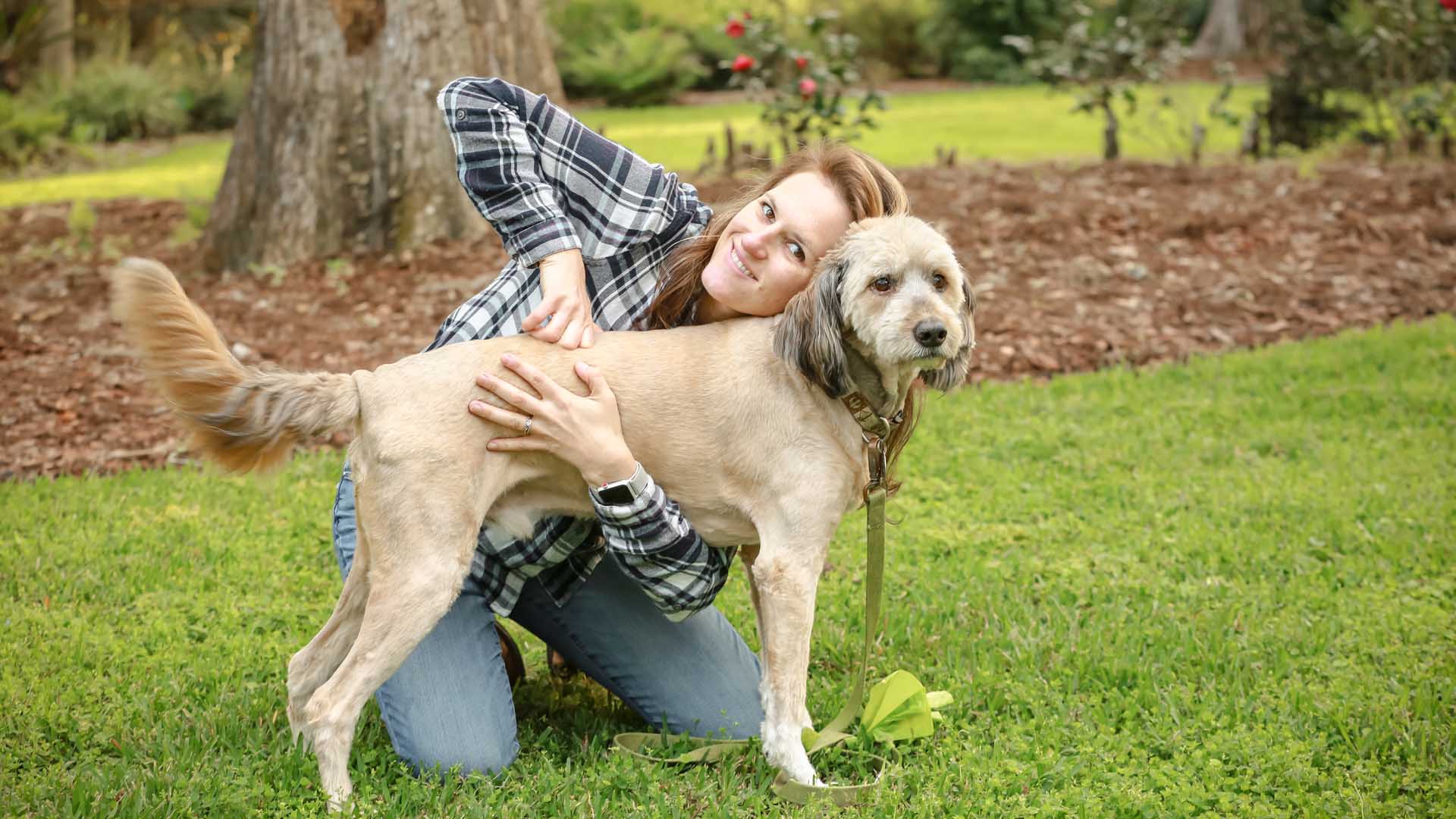Oh no, not another injury! It seems like every time we turn around, our beloved pups are getting into some kind of mishap. And while some injuries are more serious than others, they all have the potential to be a pain (literally!) for both us and our four-legged friends.
One common problem that dogs may experience is a luxating patella, also known as a “floating kneecap.” This occurs when the patella (knee cap) becomes dislocated from its normal position, causing pain and difficulty walking. Luxating patellas can be caused by a variety of factors, including genetics, obesity, and trauma. They are more common in small breeds, but can occur in dogs of all sizes.
So, what can be done about a luxating patella? Well, there are a few options. In severe cases, surgery may be necessary to correct the problem. But for many dogs, conservative management techniques can be effective in reducing pain and improving mobility. These techniques may include physical therapy, weight management, and chiropractic care.
Chiropractic care, in particular, can be a powerful tool for managing luxating patellas. By correcting misalignments in the spine and other joints, chiropractors can help to reduce pressure on the knees and improve overall function. This can result in significant relief for dogs suffering from a luxating patella.
In addition to chiropractic care, there are a few things that pet owners can do at home to manage a luxating patella. These include:
Keeping your dog at a healthy weight:Extra weight puts extra strain on the knees, so it’s important to keep your dog at a healthy weight.
Providing supportive footwear: Shoes or boots can help to protect your dog’s feet and provide extra support for the knees.
Using a harness instead of a collar:Leashing your dog to a harness rather than a collar can help to reduce strain on the neck and shoulders, which can in turn help to reduce strain on the knees.
Using a ramp or stairs: If your dog has trouble climbing stairs or getting into the car, a ramp or stairs can make life a lot easier (and less painful!) for them.
With the right management techniques, it’s possible to keep your dog’s luxating patella under control and help them live a happy, active life. So don’t let a floating kneecap get your pup down – there’s hope on the horizon!

